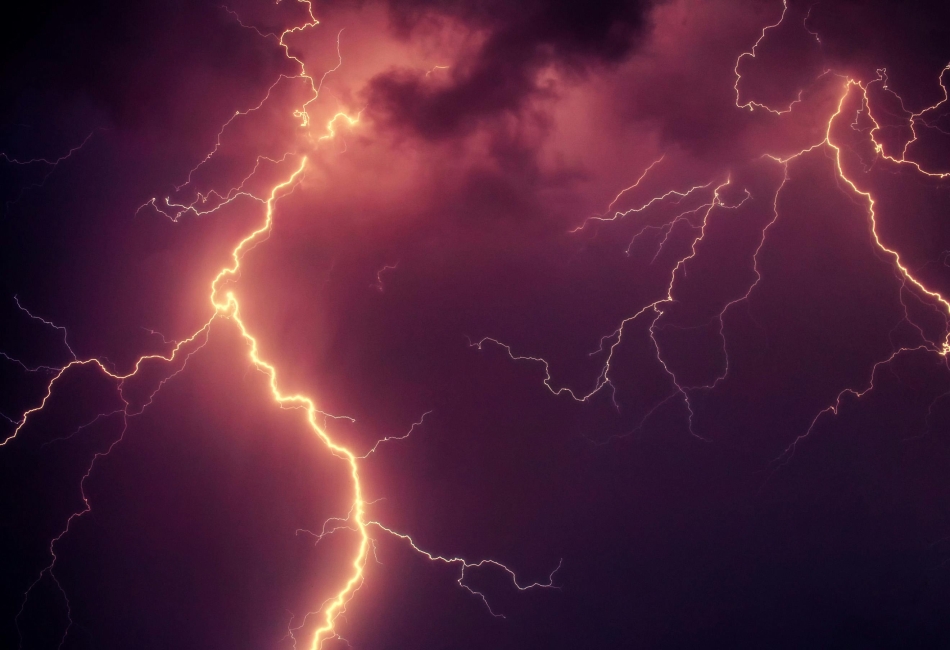Natural disasters can wreak havoc on residential properties, transforming homes from safe havens into vulnerable structures. Severe weather events like powerful winds, torrential rainfall, hail, snowstorms, and flooding pose significant threats to a property’s structural integrity, security, and overall condition. Homeowners can effectively address repairs through methodical planning, careful assessment, and the implementation of precise restoration techniques, ensuring the continued safety and protection of all household members.
Here are some things you could do when your house has weather damage.
Assessing the Damage Safely and Thoroughly
Ensuring the safety of everyone is the main consideration after a storm or weather phenomenon. It is imperative to do this when it is safe to go out or investigate the property. When conditions are safe to do so, the damage assessment can be completed by assessing damage starting with the exterior. Focus more on the roof, siding, windows, and the foundation since they are the most susceptible to damage of this nature. The destruction can be manifested in the form of peeling shingles, battered windows, dripping faucets or faucets, cracks on walls, or piles of debris lying haphazardly within the house.
Contacting Insurance and Understanding Coverage
Reporting to the insurance provider as soon as feasible is one of the next crucial actions. The policies of many homeowners cover weather-related damage; however, the terms and conditions can differ. Without question, the earlier the claim is filed, the better, and the clearer the evidence of the damage, the better. It is useful to have a look at the policy to get to know what can be covered and what can require deductibles. Insurance adjusters will naturally come to check the property and look at the level of damage themselves; it is beneficial to have all the documentation ready to hand them. Preparing and organizing can save a lot of time and avoid misunderstandings with the claim procedure.
Taking Temporary Protective Measures
When repairs are delayed, implementing temporary protective measures becomes essential. Effective waterproofing may involve using durable tarps to shield roof or wall openings from water infiltration, while damaged windows can be properly secured with boards to prevent further deterioration from weather elements. Homeowners should promptly remove any accumulated water inside the property to safeguard against potential mold formation and damage to the building’s structure. As a precautionary step, it’s prudent to disconnect the main power supply if the storm involves electrical components, pending professional assessment. Clearing fallen branches and scattered debris from walkways helps minimize safety hazards and ensures repair crews have unobstructed access to the property. These preventive actions help maintain the property’s integrity until permanent repairs can be completed.
Addressing Hidden Water and Mold Issues
Hidden water and the possible occurrence of mold are one of the most daunting components of weather damage. Even after water has been removed, moisture can remain stagnant between walls, beneath floors, or in insulation, providing possibilities for mold and mildew agents. Such problems not only destroy the house but also cause people very severe health problems. Dampness can also go undetected and can cause more damage, but professional water damage restoration companies specialize in detecting and getting rid of such dampness using fancy equipment like dehumidifiers and moisture meters.
Knowing When to Consider Major Renovation or Replacement
When structural damage becomes extensive, simple repairs may not be sufficient to ensure your home’s safety and proper functioning. Investing in a professional contractor with expertise in weather-related damage repair is a wise decision, as it guarantees appropriate handling of the situation. In regions prone to severe weather conditions, homeowners can opt for roof replacement in Austin, or in your local region, to gain peace of mind knowing their property will remain protected during adverse weather events. This significant upgrade can transform a house into a more secure and resilient living space through the installation of a new roof, constructed with premium materials and implemented by skilled professionals.
Conclusion
Managing weather damage to a property can be stressful and scary at first, but by acting calmly and deliberately, the repair process will be easier to complete. Consider the tips above if your home has suffered weather damage.
